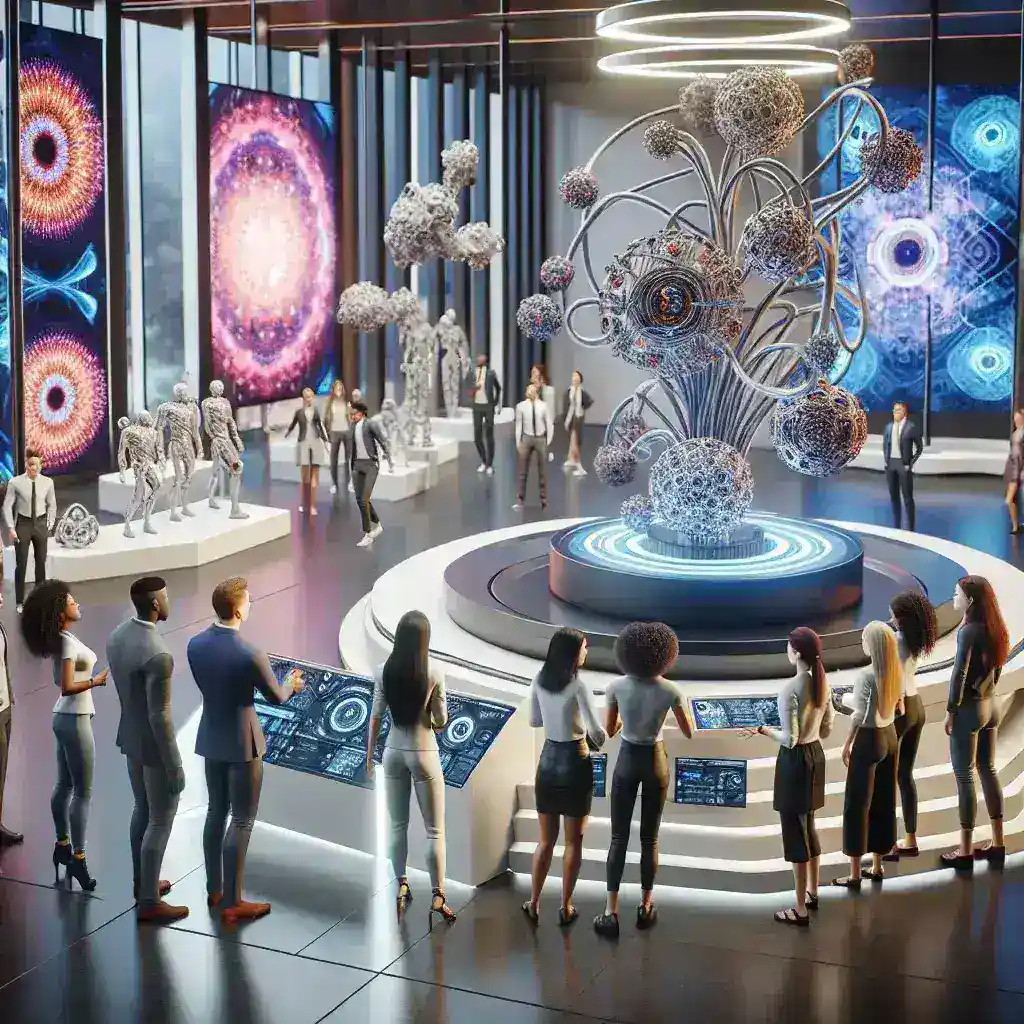Introduction
In an era where technology has become an integral part of education, Meta Horizon is taking a significant leap forward by introducing AI-generated museum exhibits tailored for U.S. educators. This innovative approach aims to enhance the learning experience by merging the digital realm with historical and cultural education. This article delves into the implications, advantages, and future potential of this groundbreaking initiative.
The Intersection of AI and Education
Artificial Intelligence (AI) has transformed various sectors, and education is no exception. With the ability to analyze vast amounts of data and provide personalized content, AI can cater to diverse learning styles and needs. As educators strive to create engaging and relevant learning environments, platforms like Meta Horizon stand out, utilizing AI to produce dynamic educational content.
What are AI-Generated Museum Exhibits?
AI-generated museum exhibits utilize sophisticated algorithms to create interactive displays based on a wealth of historical data and artifacts. These exhibits can adapt to users’ inquiries, offering tailored information that enhances understanding and retention. They incorporate multimedia elements, including videos, animations, and augmented reality (AR), providing an immersive learning experience.
Historical Context of Museum Education
Museums have long been educational institutions, dating back to ancient times when collections were used to showcase culture and knowledge. However, traditional museum visits often lack interactivity, limiting student engagement. The integration of AI into museum exhibits marks a pivotal shift, allowing for a more engaging and modern approach to learning.
Benefits for U.S. Educators
The introduction of AI-generated museum exhibits brings numerous benefits for educators across the United States.
- Enhanced Engagement: Interactive elements captivate students, fostering curiosity and interest in subjects.
- Differentiated Learning: Tailored content meets the diverse needs of learners, allowing them to explore topics at their own pace.
- Accessibility: Virtual exhibits can be accessed remotely, ensuring that students from various backgrounds can participate in enriching educational experiences.
- Resource Availability: Educators gain access to a vast repository of artifacts and information, enriching their curriculum.
- Collaborative Learning: AI-generated exhibits encourage group activities, promoting teamwork and communication skills among students.
Challenges and Considerations
While the advantages are substantial, the implementation of AI-generated exhibits also presents challenges that educators must address.
Equity in Access
Ensuring all students have equal access to the necessary technology is critical. Schools in underserved communities may lack the resources needed to implement these exhibits effectively.
Teacher Training
Educators must be well-trained in using AI tools to maximize the benefits of these exhibits in their classrooms. Professional development programs will be essential to equip teachers with the necessary skills.
Quality of Content
Ensuring the accuracy and educational value of AI-generated content is paramount. Rigorous vetting processes must be in place to maintain high standards and reliability.
Future Predictions for AI in Education
The future of AI in education looks promising, particularly with platforms like Meta Horizon leading the charge. As technology evolves, we can expect:
- Increased Personalization: AI will continue to refine its ability to adapt to individual learning preferences, providing customized educational paths.
- Broader Accessibility: Advances in technology will likely bridge the gap between urban and rural education, making resources available to all.
- Integration of Virtual Reality (VR): Combining AI with VR could create fully immersive educational experiences that transport students to historical events or locations.
- Collaboration Across Institutions: Museums and educational institutions will likely partner more closely, sharing resources and expertise to enhance learning opportunities.
Real-World Examples of AI in Museum Education
Several institutions have started to harness the power of AI in their educational exhibits:
- The Smithsonian Institution: By integrating AI, the Smithsonian has enhanced visitor experiences through personalized tours and interactive displays.
- The British Museum: Utilizing AI-driven chatbots, the British Museum offers visitors tailored information and interactive experiences.
- The Louvre: The Louvre’s AI-based app provides users with guided tours that adapt based on their interests and questions.
Conclusion
Meta Horizon’s introduction of AI-generated museum exhibits represents a significant step forward in the intersection of technology and education. By providing U.S. educators with innovative tools, it enhances learning experiences and fosters a deeper understanding of history and culture. As we move forward, embracing these technologies will be vital in creating inclusive, engaging, and effective educational environments for all students.
Call to Action
Educators, administrators, and policymakers alike must advocate for the integration of AI-driven resources in classrooms. By embracing this technology, we can prepare the next generation of learners to thrive in an increasingly digital world, making education more engaging, equitable, and accessible.

